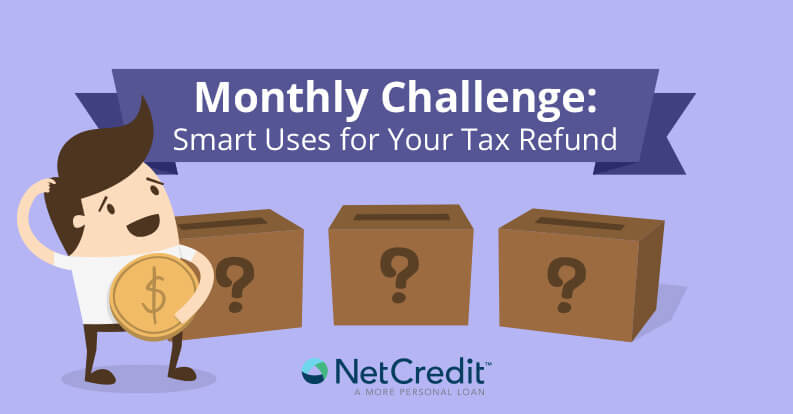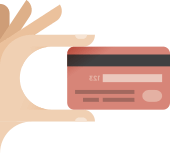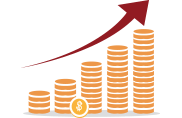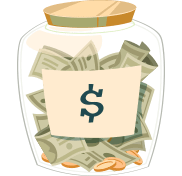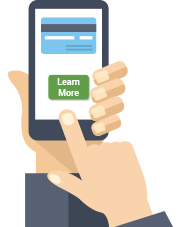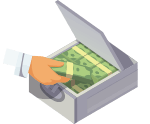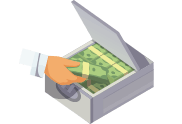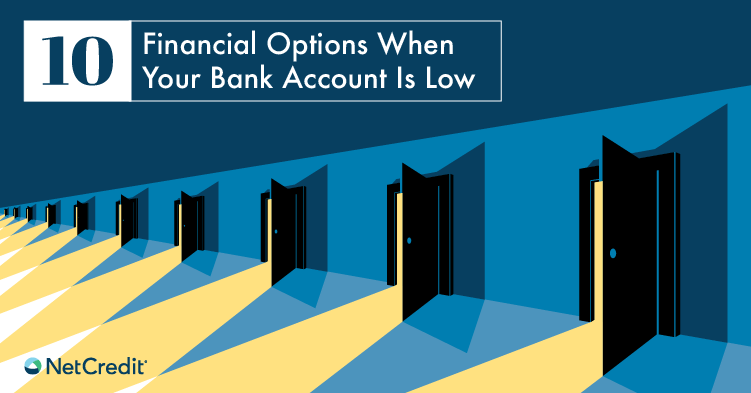The end of tax season is upon us and it’s time to plan what to do with your refund. A tax refund is a refund on income tax that is given when a person owes less than the total amount withheld from their regular paychecks and any tax credits received. Because of this, tax refunds differ from person to person as well as from year to year. Since you can’t always rely on how much you will get back, it’s a good idea to treat the return like surprise income and use it in a fiscally responsible way.
No matter how big or how small your return may be, it is excess income that could be a stepping-stone to good financial habits. We’ve researched the best ways to save and spend it. Here are a few smart uses for your annual tax refund.


